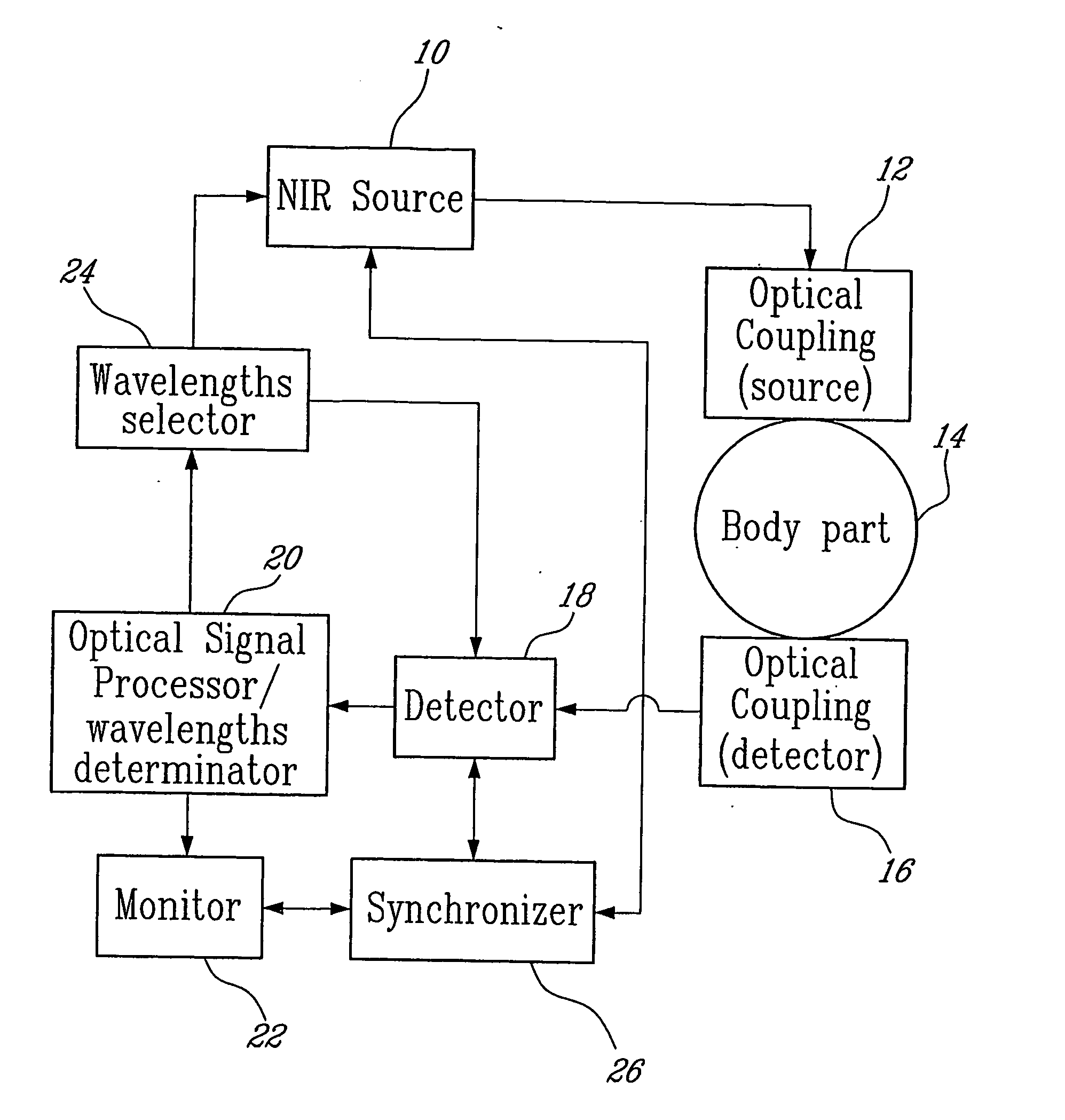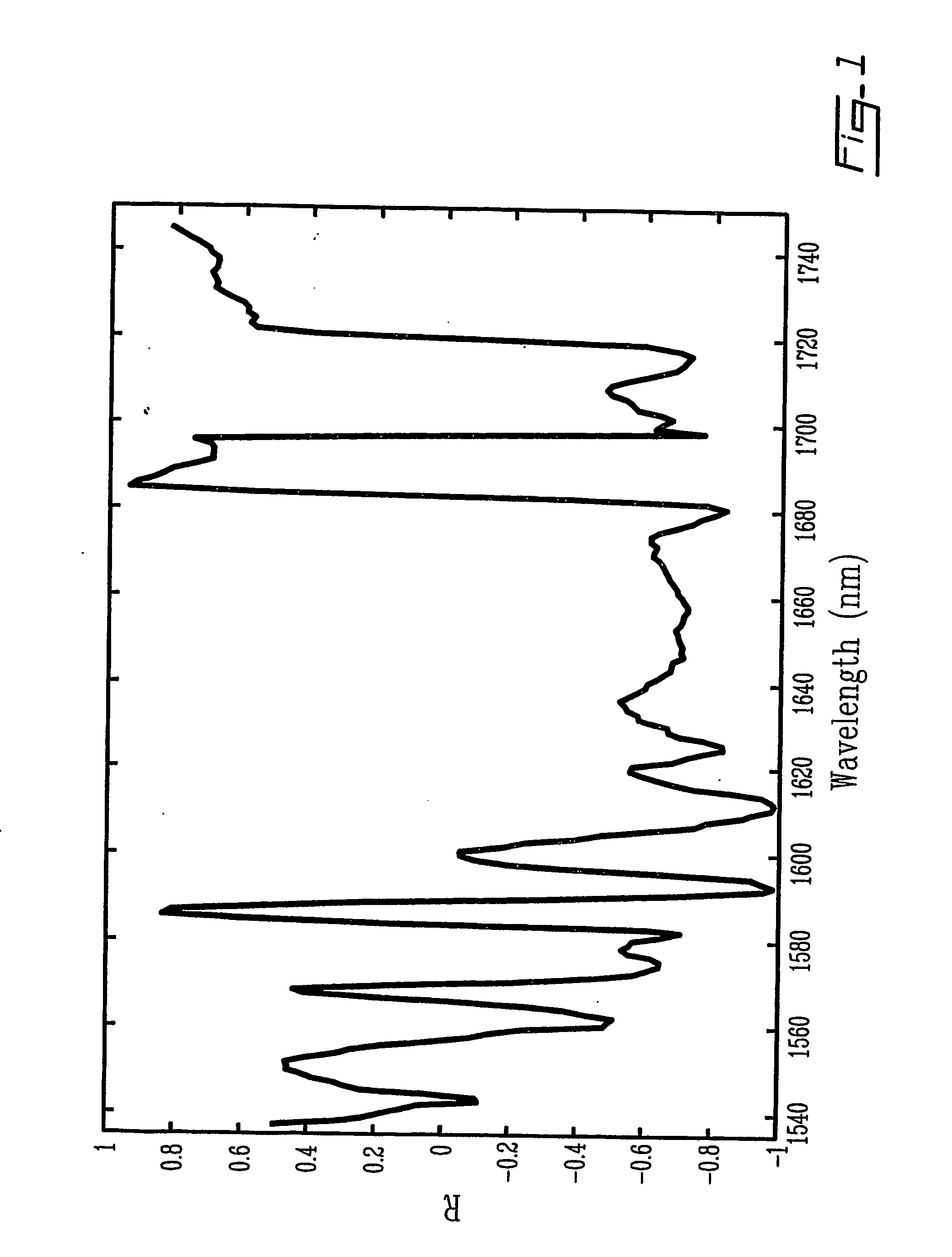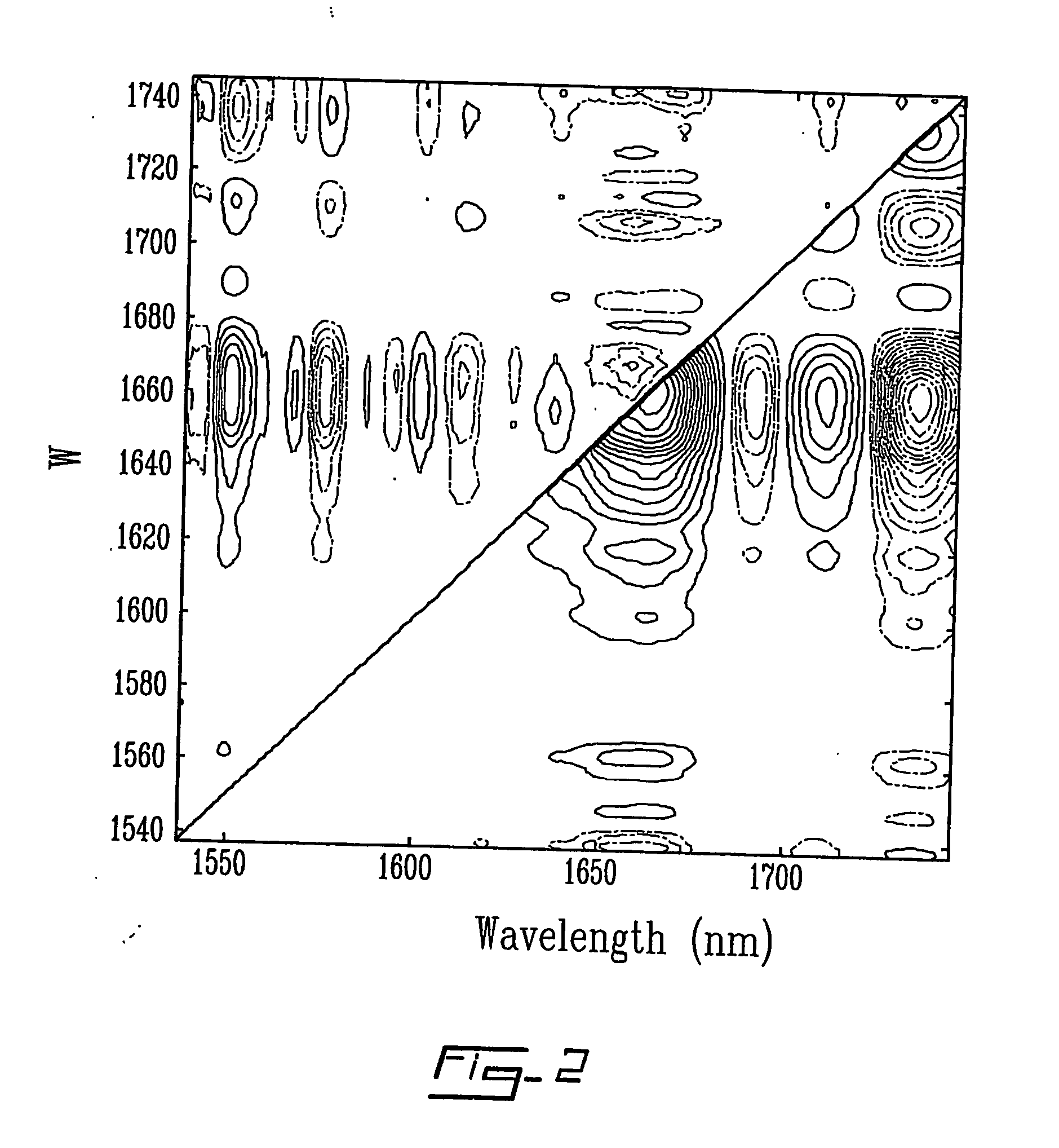Method and system for measuring lactate levels in vivo
a lactate level and measurement method technology, applied in the field of blood metabolites measurement, can solve the problems of not offering the possibility to the clinician of concurrent in vivo or ex vivo monitoring of lactate level, and most standard clinical methods for lactate analysis are not adapted for continuous lactate monitoring
- Summary
- Abstract
- Description
- Claims
- Application Information
AI Technical Summary
Benefits of technology
Problems solved by technology
Method used
Image
Examples
example 1
[0044] Ten healthy adult subjects (six males and four females) were tested during maximal effort made during a 30-s sprint on a modified isokinetic cycle. The cycle was modified to have the pedal speed fixed and effort translated into greater force generation Lands L. C. et al., J. Appl. Physiol. 77: 2506-2510, 1994. The study was approved by the Ethics Committee of the Montreal Children's Hospital, in accordance with the Helsinki Declaration of 1975. After signed informed consent, and prior to exercise, an intravenous line was placed in the antecubital fossa, and kept patent (open) with a 0.9% saline solution. Blood was sampled at four time intervals: (1) just prior to exercise; (2) at the end of exercise; (3) 5 min. following exercise; (4) 10 min. following exercise. This approach was used in an attempt to induce changes within the human physiological ranges for lactate, while minimizing covariance with other species. Blood was drawn into tubes containing lithium...
example 2
Data Collection
[0045] Spectra were collected with a Nicolet Magna-IR 550 Fourier transform near-infrared (FT-NIR) spectrometer (quartz beamsplitter). The instrument was equipped with stabilized external quartz tungsten halogen source (300 W, Oriel) and an InSb detector. A sample holder, that allowed the finger to rest in front of the light beam, was used to minimize finger movement during exercise and data collection. Two flat mirrors (Edmund Scientific Company, Inc., Barrington, N.J., USA) were used in the sample compartment to bring light to the fingernail and allow diffuse reflectance NIR spectra to be obtained. The spectral range scanned was from 1000 to 2500 nm (11500-4000cm−1). A total of 64 interferogram scans at a spectral resolution of 16 cm−1 were averaged. Single-beam spectra were computed with a Happ-Genzel apodization and Fourier transformation routines available on the system. Background spectra of air were taken every hour. Skin and body temperatures were monitored d...
PUM
 Login to View More
Login to View More Abstract
Description
Claims
Application Information
 Login to View More
Login to View More - R&D
- Intellectual Property
- Life Sciences
- Materials
- Tech Scout
- Unparalleled Data Quality
- Higher Quality Content
- 60% Fewer Hallucinations
Browse by: Latest US Patents, China's latest patents, Technical Efficacy Thesaurus, Application Domain, Technology Topic, Popular Technical Reports.
© 2025 PatSnap. All rights reserved.Legal|Privacy policy|Modern Slavery Act Transparency Statement|Sitemap|About US| Contact US: help@patsnap.com



